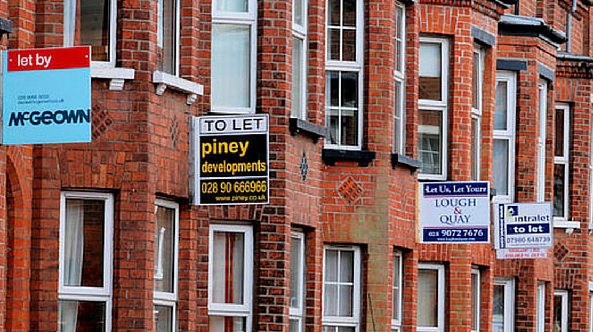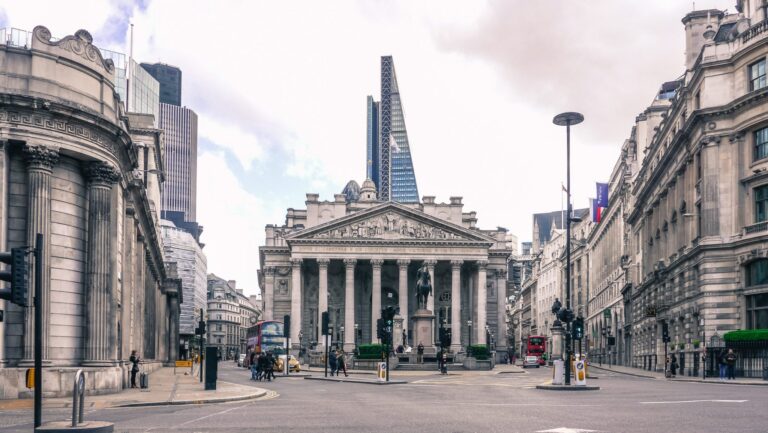As renting has become cheaper than buying, rental demand has hit record levels. What does this mean for UK housing and will this further boost the shift to renting?
The COVID-19 pandemic has impacted a number of areas of the UK housing market from property preferences to our finances. And the pandemic has also led to a change in the associated costs of buying and renting across Great Britain.
For the past five years, buying a home has been cheaper than renting on a monthly basis. This trend was reversed during the pandemic, according to recent research from estate agency Hamptons. In March 2020, a buyer with a 10% deposit would have been £102 per month better off on average than renters.
In Great Britain, rents increased by 7.1% over the past 12 months. Despite this, it’s still more expensive for an average first-time buyer to buy than rent on a monthly-basis. This is due to the strong house price growth and the increase in higher loan-to-value mortgage interest rates.
In May 2021, it was £71 cheaper per month for a typical first-time buyer with a 10% deposit to rent a home than to buy. Renters would have spent a monthly average of £1,054 on rent. This is compared to £1,125 on monthly mortgage payments.
A regional spotlight
At the beginning of 2020, it was cheaper to buy than rent in every region of Great Britain. However, in May 2021, it was more affordable to rent than buy in seven of the 11 regions. Scotland and the three northern regions, including north-east, north-west and Yorkshire & the Humber, were the only places where it was cheaper to buy.
London has seen the most significant shift since the beginning of the pandemic. In March 2020, a buyer putting a 10% deposit down on a property in the capital would have been £123 per month better off.
Falling rents in London have made renting cheaper to buying by a larger margin than anywhere else in Great Britain. In May 2021, it was cheaper to rent by £251 per month. In the capital, the differential between the costs of renting and buying is set to continue growing.
Rental growth
Recently, rental growth hit a new record high. With demand increasing, rent prices are also on the rise. In May, the average cost of a newly let rental home in Great Britain increased to £1,054 per month. This is a 7.1% rise on the same time last year and is even the fastest rate of growth since Hamptons’ records began in 2013.
Additional research from Goodlord revealed demand and tenancy renewals have been surging across the rental market in England. This is causing average void periods for buy-to-let landlords to narrow. At the same time, rental prices and tenant income are holding steady.
The shift to renting
In recent years, people’s attitudes towards homeownership continue to shift. It’s been happening gradually for a number of years as house prices have crept up. And in the past year, house prices have surged.
At the same time, the rental market has become more regulated and professionalised. This has also made renting more appealing, especially to young people.
While schemes like Help to Buy, in addition to the scrapping of stamp duty for first-time buyers, have undoubtedly helped many onto the property ladder, people are still continuing to rent for longer. This further shows the importance of high-quality rental accommodation in the UK housing market.
In the report, Hamptons concludes: “With the cost of renting relative to buying at the lowest level since at least late 2013, it is likely the balance will swing back somewhat towards buying, particularly as mortgage rates come down. However, this is likely to be partly offset by rising house prices. As such we expect the gap between renting and buying to close over the remainder of this year, moving back towards longer-term levels in 2022.”










